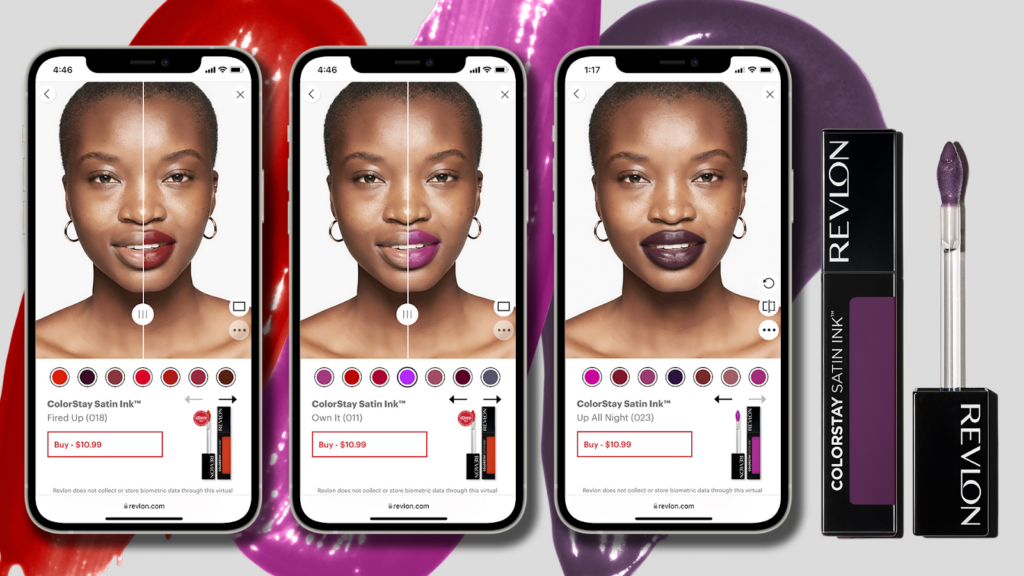Enhancing the online product experience is by far the most important aspect to consider when designing or improving a product. A well-designed and user-friendly website or app can make all the difference in converting visitors into customers and keeping them coming back for more.
A study by Trust Radius shows that 71% of surveyed participants want accessible pricing information. The second requirement at a whopping 70% was to have free trials and demos available.
Here are eight ways to enhance the online product experience that can have a significant impact on your bottom line:
8 Ways to Enhance Online Product Experience
1. High-Quality Product Images and Videos

Image Source: Spectrum
The saying “a picture is worth a thousand words” couldn’t be truer when it comes to selling products online. High-quality images and videos showcase your products in the best possible light, giving customers a clear idea of what they’re buying.
This helps build trust and reduces the likelihood of returns or dissatisfied customers. Invest in professional photography and video production to make your products stand out from the competition.
2. Personalized Recommendations
Personalization is key to creating a tailored shopping experience that sets you apart from other online retailers. Use data analytics and machine learning algorithms to suggest related products based on a customer’s browsing history, purchase behavior, and preferences.
This not only makes it easier for customers to find what they’re looking for but also increases the chances of impulse purchases and higher average order values.
3. Streamlined Navigation and Search

Image Source: Flux Academy
A cluttered and confusing website can lead to frustrated customers and high bounce rates. Make sure your site is easy to navigate with clear categories, intuitive search functionality, and prominently displayed calls to action. Use filters and sorting options to help customers quickly narrow down their search results and find exactly what they need.
4. Customer Reviews and Ratings
Social proof is a powerful tool for building trust and credibility with potential customers. Display customer reviews and ratings prominently on your product pages to showcase your brand’s reputation and the quality of your products.
Consider offering incentives for customers to leave reviews, such as discounts or reward points, to encourage engagement and increase the volume of feedback.
5. Real-Time Chat Support
Offering real-time chat support addresses customer concerns and questions immediately, reducing the likelihood of cart abandonment and improving overall satisfaction.

Image Source: Livechat
Train your chat support team to provide helpful recommendations, answer technical questions, and resolve issues promptly to create a positive interaction that reflects positively on your brand.
6. Virtual Try-On and Augmented Reality

Image Source: Revlon
Virtual try-on and augmented reality (AR) technologies allow customers to see how products would look in their own space before making a purchase. This innovative feature is especially effective for furniture, fashion, and beauty brands, where fit and style are critical factors in the decision-making process. Integrate AR features into your mobile app or website to give customers a truly immersive and personalized shopping experience.
7. Seamless Checkout Process

Image Source: Velocitize
A lengthy checkout process can be a major conversion killer. Optimize your checkout flow by minimizing fields, offering multiple payment methods, and providing clear shipping information. Offer guest checkout options, save customer details for future purchases, and consider implementing one-click ordering to streamline the process further.
8. Post-Purchase Follow-Up
The sale doesn’t end after the transaction is complete. Follow up with customers via email or push notifications to ensure they’re satisfied with their purchase, offer tips for using the product, and suggest complementary items. This keeps your brand top-of-mind and encourages repeat business through timely and relevant communication.
Incorporating these strategies into your online product experience can create a memorable and satisfying shopping experience.
There are various e-commerce analytics that can help understand customer data and digital shelf analytics provides insights on product preferences and what sells best.
Frequently Asked Questions
What is the difference between user experience and product experience?
The difference between User Experience (UX) and Product Experience (PX) lies in their scope and focus. UX is specific to how people use and perceive your products, focusing on the ease of accomplishing goals within the product. PX, on the other hand, is broader, encompassing the overall emotional response and perceptions users have when engaging with a product at all touchpoints.
What are the phases of product experience?
- User Onboarding: Introducing new users to the product.
- Product Adoption: Users begin to use the product regularly.
- User Retention: Keeping users engaged over time.
- Evangelism: Users become advocates for the product.
- Feedback: Gathering user insights to improve the product.
What are the 6 components of the complete product experience?
- Start: Drawing the customer into the experience.
- Locate: Helping customers find what they need with ease.
- Interact: Ensuring customers can understand and control their experience.
- Complete: Giving customers confidence that their goals are accomplished.
- End: Managing the transition into the next steps.
- Brand Coherence: Reinforcing the company’s brand throughout the experience.





